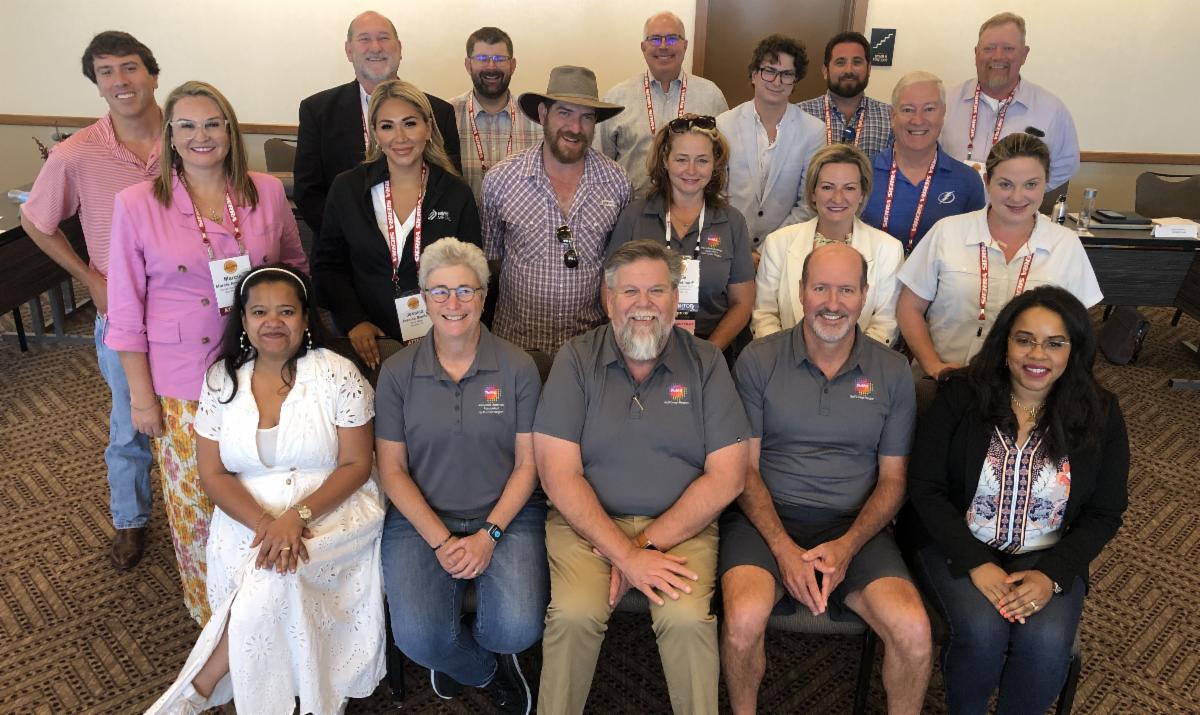This year’s ReMA Gulf Coast Region (GCR) summer convention—held June 25-28 in Austin, Texas—had the theme “Take It to the Limits,” and the event exceeded the limits in many ways. Not only did the convention attract 739 attendees, it also had a sold-out expo with 96 exhibitors, a sold-out golf tournament with 144 players, and a sold-out pontoon boat excursion on nearby Lake Travis.

The sold-out GCR golf tournament attracted 144 players and raised $42,000 for the GCR scholarship program.

Vintage jazz and blues band Big Night entertained attendees during the Proler Award jazz brunch.
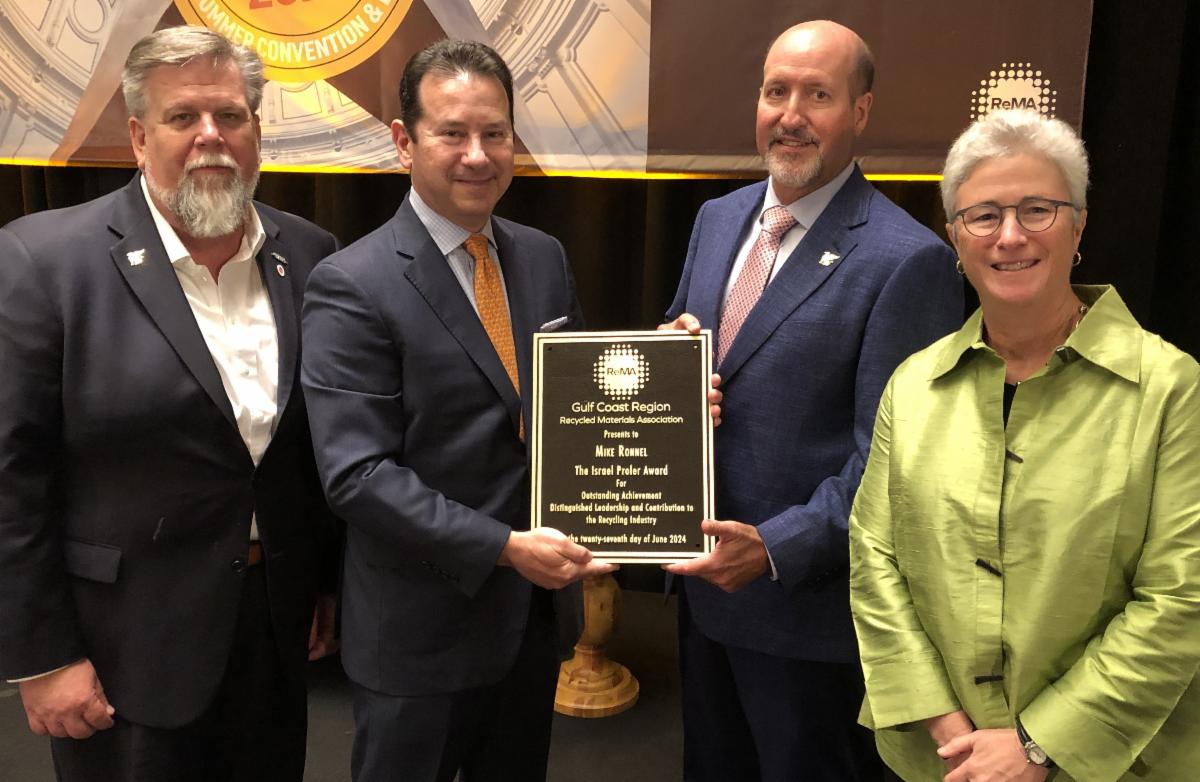 As in previous years, the awarding of the Israel Proler Award was a highlight of the GCR convention. The award, named in honor of the late Israel Proler of Proler International Corp., recognizes individuals for their outstanding leadership, achievements, and contributions to the recycling industry. This year, GCR selected Mike Ronnel (second from left), co-owner of Metal Recycling Corporation (MRC), to receive the award. In a video dedication, industry friends and peers described Ronnel as a “natural leader” who “leads by example” and praised him for his devotion to his family, community, colleagues, and industry. Ronnel’s brother and MRC co-owner, Steve Ronnel, noted that, in business, “Mike treats his people like family” and recognized his integrity, hard work, and “razor-sharp financial mind.” In accepting the award, Ronnel acknowledged the many people who influenced his career and helped MRC succeed, and he thanked his wife Stacey Stern Ronnel and brother Steve for their support. He also recognized his late father and MRC founder, Lee Ronnel, who received the Proler Award in 2009. “I’m truly honored and humbled to receive this prestigious award,” Ronnel said, summing up his career so far as “35 years of hard work, 35 years of learning, and 35 years of never having the same day twice.”
As in previous years, the awarding of the Israel Proler Award was a highlight of the GCR convention. The award, named in honor of the late Israel Proler of Proler International Corp., recognizes individuals for their outstanding leadership, achievements, and contributions to the recycling industry. This year, GCR selected Mike Ronnel (second from left), co-owner of Metal Recycling Corporation (MRC), to receive the award. In a video dedication, industry friends and peers described Ronnel as a “natural leader” who “leads by example” and praised him for his devotion to his family, community, colleagues, and industry. Ronnel’s brother and MRC co-owner, Steve Ronnel, noted that, in business, “Mike treats his people like family” and recognized his integrity, hard work, and “razor-sharp financial mind.” In accepting the award, Ronnel acknowledged the many people who influenced his career and helped MRC succeed, and he thanked his wife Stacey Stern Ronnel and brother Steve for their support. He also recognized his late father and MRC founder, Lee Ronnel, who received the Proler Award in 2009. “I’m truly honored and humbled to receive this prestigious award,” Ronnel said, summing up his career so far as “35 years of hard work, 35 years of learning, and 35 years of never having the same day twice.”
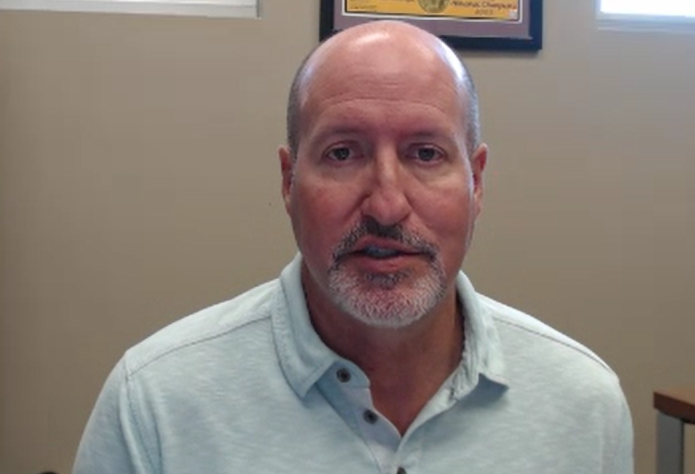
In a video message, GCR Second VP/ Convention Chair Chip DeJean (left) offers thanks for the successful GCR summer convention and looks ahead at GCR’s upcoming events in the remainder of 2024 into 2025. Click on the photo to access Chip’s video message.
Beyond the Proler Award, the GCR convention continued its tradition of offering fun and invaluable social/networking functions—including a breakfast and two receptions in the expo hall, an after-hours reception at Speakeasy Austin, and a joint reception of ReMA’s Young Executives Council and Women in Recycling Council. And, as usual, the GCR convention featured informative panel sessions and an inspiring keynote speaker.
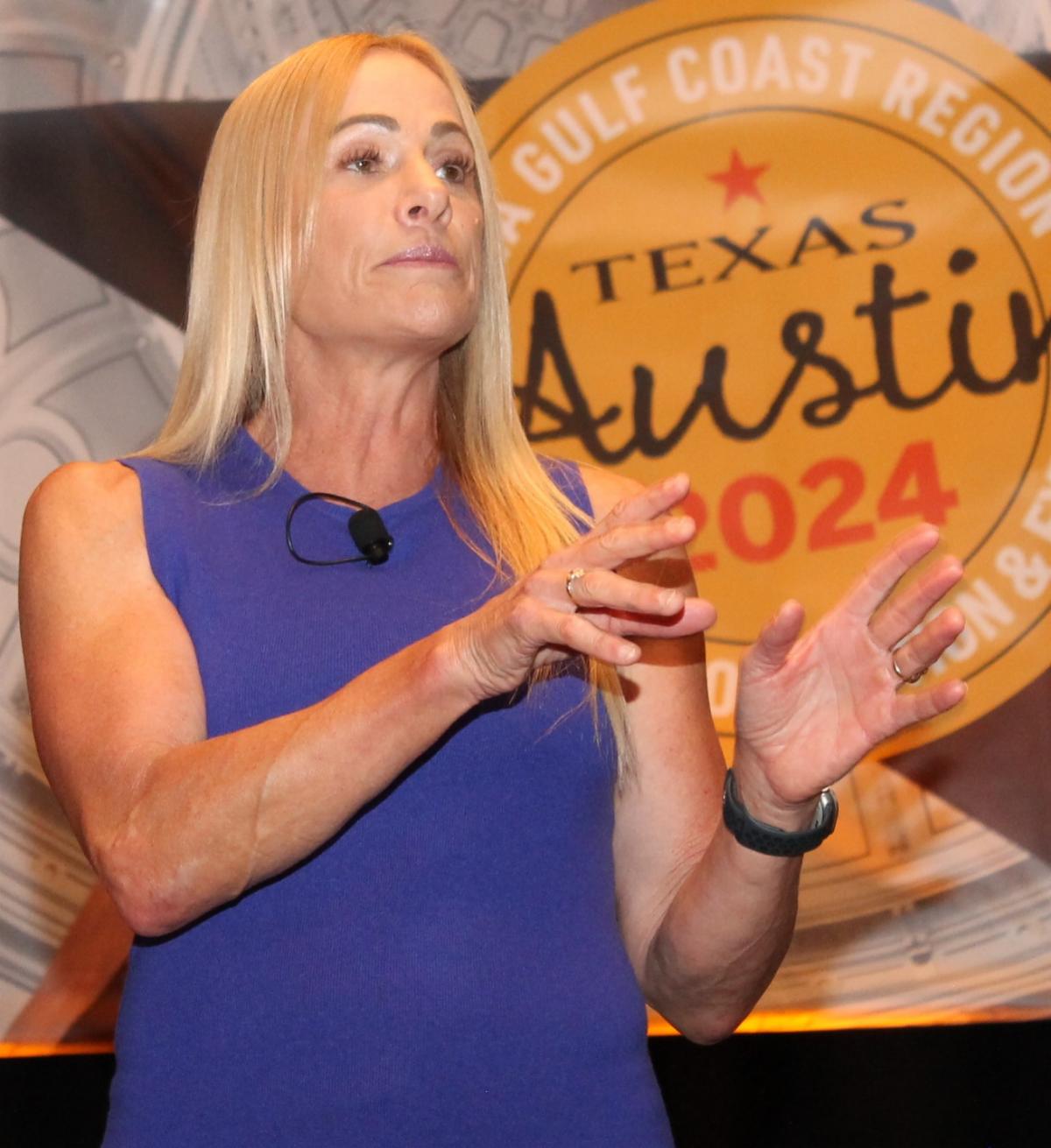
This year, the keynote spotlight was on Robyn Benincasa, who offered lessons on leadership and teamwork based on her experiences as an adventure racing world champion, firefighter, long-distance kayaker, and more.
Beginning with the premise that “ordinary people can achieve extraordinary things together,” she offered several characteristics that define world-class teams:
- A focus on the hope of success rather than the fear of failure.
- A focus on the comeback, not the setback. Using herself as an example, Benincasa noted that six hip-replacement surgeries forced her to quit adventure racing. Instead of dwelling on that setback, she focused on what she could still do—kayak—and proceeded to set a Guinness World Record for female long-distance kayaking. She also founded Project Athena, which helps survivors of medical or traumatic setbacks live an adventurous dream as part of their recovery.
- A focus on “we” thinking, not “me” thinking. In business as in sports, it’s critical to leverage each other’s strengths and feel a joint responsibility and accountability for achieving the team goal. “The secret to success is to play less as an individual and more as a team,” she said.
Benincasa also stressed the importance of having team members who are inspired by your mission and finding out what people are great at doing, then letting them lead with that strength. “People embrace what they help to create,” she said.
Of course, every team will experience challenges along the way, so it’s important to be adaptable and support each other in whatever way you can. “We achieve our greatest heights when we put our teammates on our shoulders,” she said.

This year’s GCR after-hours networking reception was held at Speakeasy Austin with music by Lonestar Souvenirs.

The pontoon boat excursion on — and dip in — Lake Travis gave participants a refreshing break from the hot Austin day.
Two panel sessions rounded out the content portion of this year’s GCR convention. The first—titled “ISRI to ReMA: The Evolution of the Rebrand”—examined the process and strategy behind ISRI’s rebranding as the Recycled Materials Association in April. GCR First Vice President Alton Schaubhut of CMC Recycling moderated this session, which featured panelists ReMA COO Holly Arthur, ReMA Chair Colin Kelly of Radius Recycling, and Andrew Cooley of EMR USA Holdings Inc.
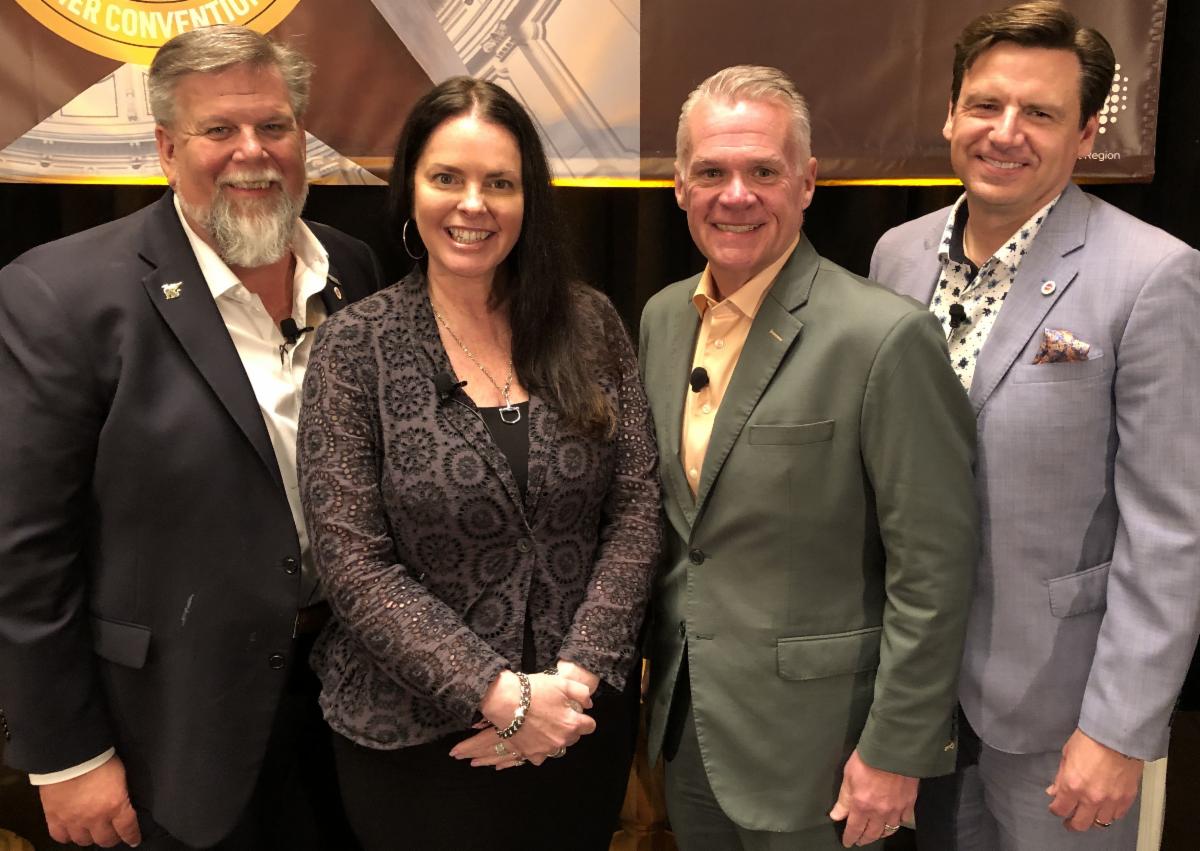
(From left to right): GCR First Vice President Alton Schaubhut of CMC Recycling moderated this session, which featured panelists ReMA COO Holly Arthur, ReMA Chair Colin Kelly of Radius Recycling, and Andrew Cooley of EMR USA Holdings Inc.
As a first step toward the rebrand, ISRI developed a “common language playbook” to help recyclers connect more effectively with public audiences. “It’s not what you say, it’s what people hear,” Cooley said. “Most people don’t understand what we do, so we need to help them understand.”
ISRI’s transition to ReMA followed organically from the language playbook, Arthur said. As Kelly explained, “we’ve rebranded to tell the right story. The work that we’re doing, the products that we’re creating, are what’s going to move this country forward.”
The new ReMA name “simplifies how we can identify at the national level and makes us more effective,” Arthur said. That’s especially important given the large number of new elected officials taking office this fall. “We can be positioned to be clear about who we are as an industry and armed with a name that helps communicate that right off the bat,” she said.
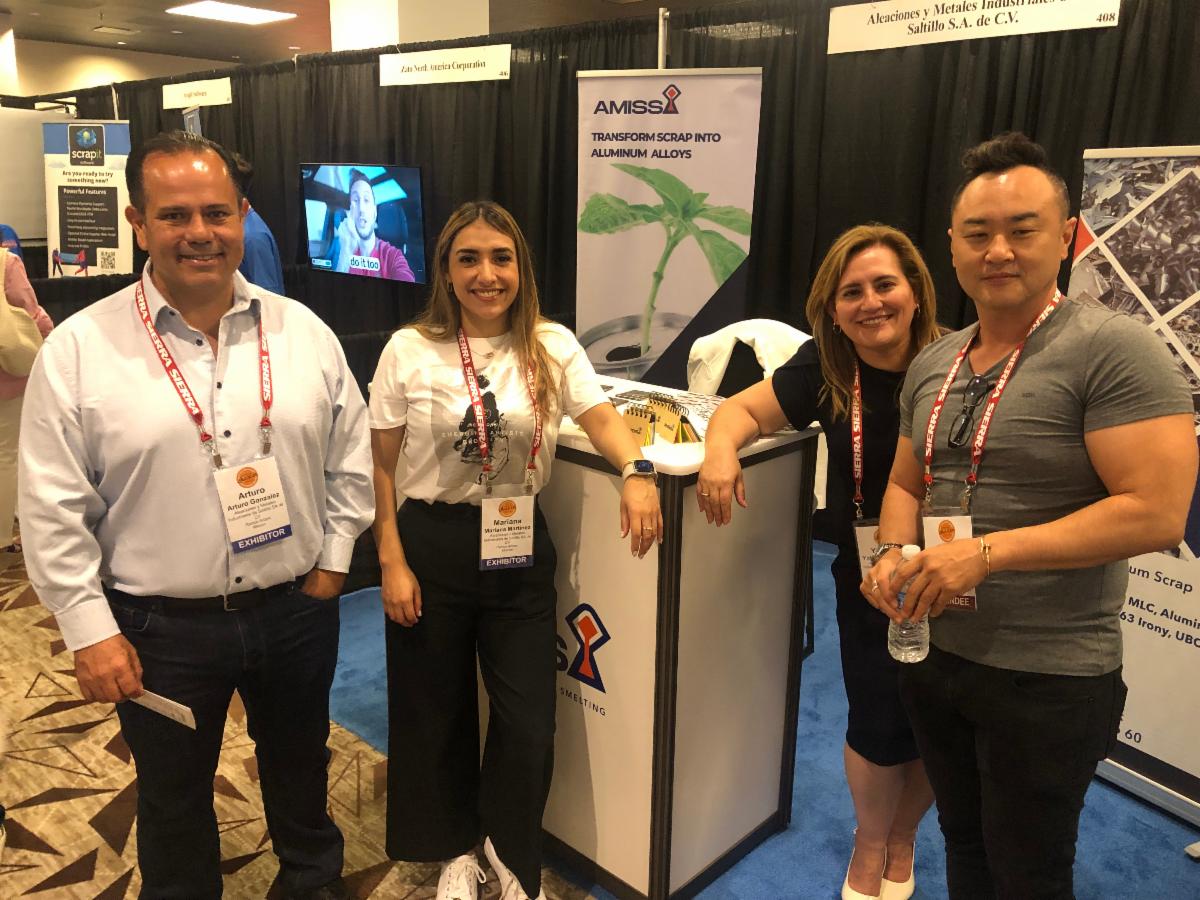
The sold-out GCR expo featured 96 exhibitors and offered two receptions as well as a continental breakfast.
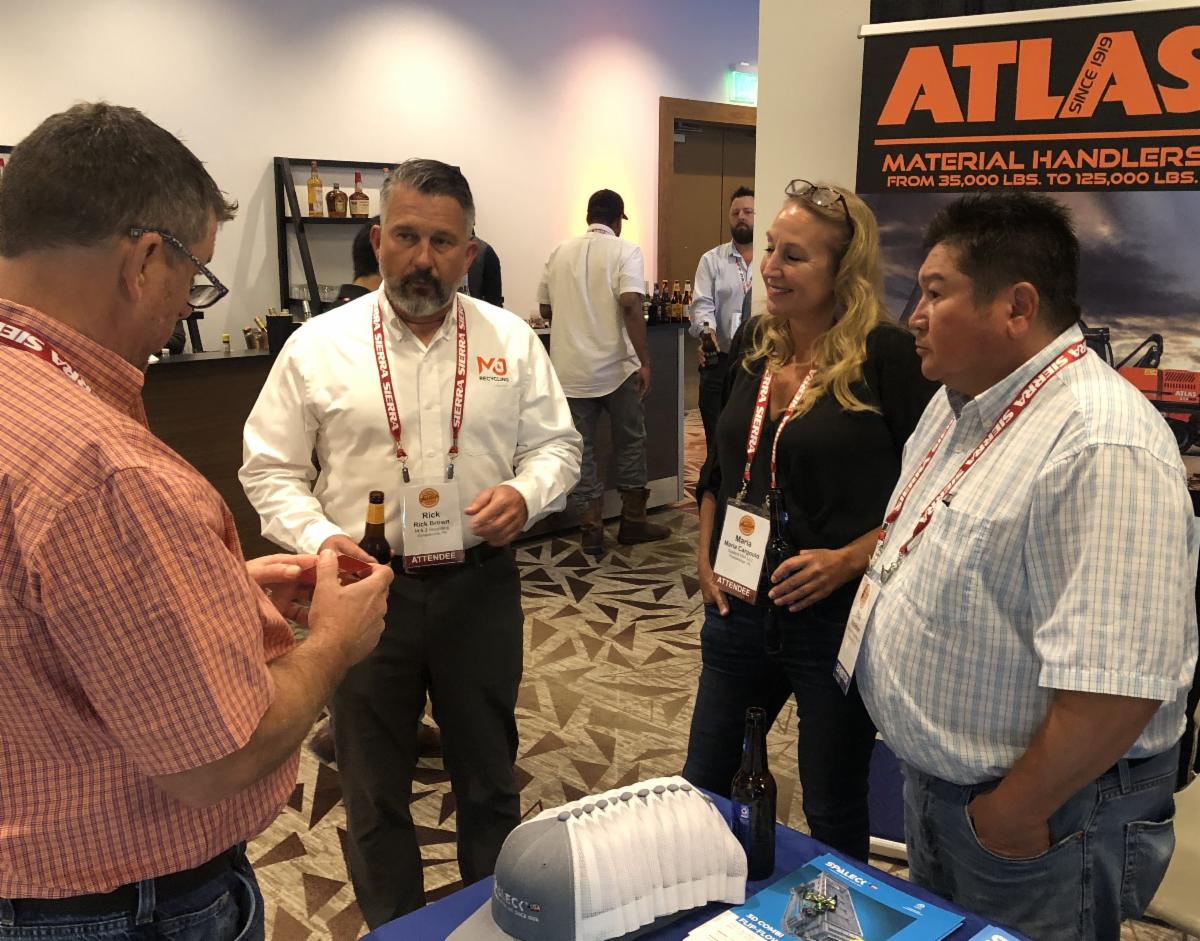
The language playbook and rebranded identity also will make it easier for recyclers to connect with their communities and communicate the industry’s benefits as their neighbors, Cooley said. “We’re a huge economic positive for the community.”
Every recycler must play a part in implementing the industry’s language playbook and rebranded identity. “We’re the most powerful advocates for this new language,” Cooley said. ReMA plans to offer new resources to help members be industry ambassadors on this front, Arthur noted.
And for those having trouble with the new language and brand, Kelly said, “I ask them to try it and be open-minded about it. I know change is not easy, but our industry has changed, and we must change with it.”
The second panel session—titled “Metals Commodity Outlook”—offered insights on the ferrous and nonferrous markets.
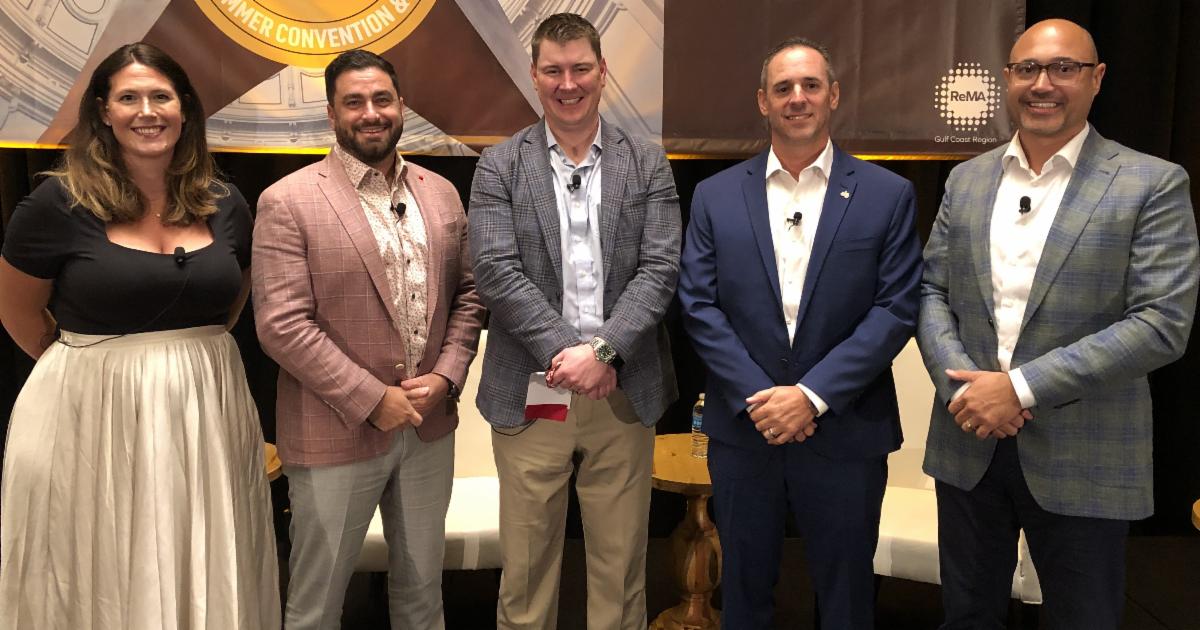
Panel participants are shown left to right: Amy Jane Hinton of Fastmarkets led the discussion, which included panelists Andy Cohen of Metal Conversions, Brendan Beck of Mervis Metal Processing, Andres Montes of ELG Metals Inc., and Bill Sulak of Ferrous Processing & Trading Co., who commented on the aluminum, copper, stainless/alloy, and ferrous sectors, respectively.
Lackluster performance in some key end markets—such as automotive and construction—as well as the customary summer slowdown have led to lower scrap supplies, demand, and prices, the speakers noted. Also, consumers aren’t restocking their metal inventories to the same levels they did in the past, Cohen said. “The parts suppliers don’t hold inventory as long. The turnaround is faster; it’s so much more hand-to-mouth.”
The speakers noted the massive investments that domestic aluminum, copper, and steel producers are making to expand production capacity, which will boost scrap demand—and could lead to scrap shortages. “There’s not as much aluminum scrap available to feed the upcoming new production capacity as the consumers thought—they’re not seeing it,” Cohen said. For scrap supplies to increase, either U.S. manufacturing needs to grow or the recycling industry needs to recover more scrap or upgrade existing lower grades. “Until we find that way out, there’s going to be a shortfall of aluminum scrap for a time and continued imports of can sheet because domestic producers can’t get to full capacity.”
Beck likewise sees scrap tightness going forward. U.S. consumers “know that there’s going to be a shortage of scrap, so they’re looking at things like deposit laws or technology to upgrade lower grades of scrap. There are investments being made all over the place.”
The decarbonization trend in metal production and the green energy transition also will create ongoing strong scrap demand, the speakers agreed. “This push for sustainability is good for all recyclers,” Beck said. As Cohen added, “It’s a great time to be in nonferrous. If you have metal, you will be able to sell it.”
The green trend is evident in some consumers requiring their recycling suppliers to ensure their material is postconsumer scrap, and some customers are paying a premium for sustainably produced metal. “Everybody is chasing recycled content and a greener product, and it flows back to the scrap industry,” Beck said.
On the ferrous side, Sulak said, “people want products that are made in a more environmentally responsible manner, but we haven’t seen a direct translation of the investment in cost passed through yet.”
In the stainless market, green efforts are limited mainly because China produces 63% of the world’s stainless, and it produces the metal from lower-grade material such a nickel pig iron using coal-generated electricity. If stainless buyers started demanding greener metal, that would increase demand for stainless scrap—a cleaner raw material—but it could increase the metal’s price, “so the question is whether consumers would be willing to pay for it,” Montes said.
One notable upcoming change for stainless is that the European ferrochrome benchmark price will be ending in July. “That came as a shock to all of us,” Montes said, noting that market players are still seeking a new chrome pricing reference going into the third quarter.
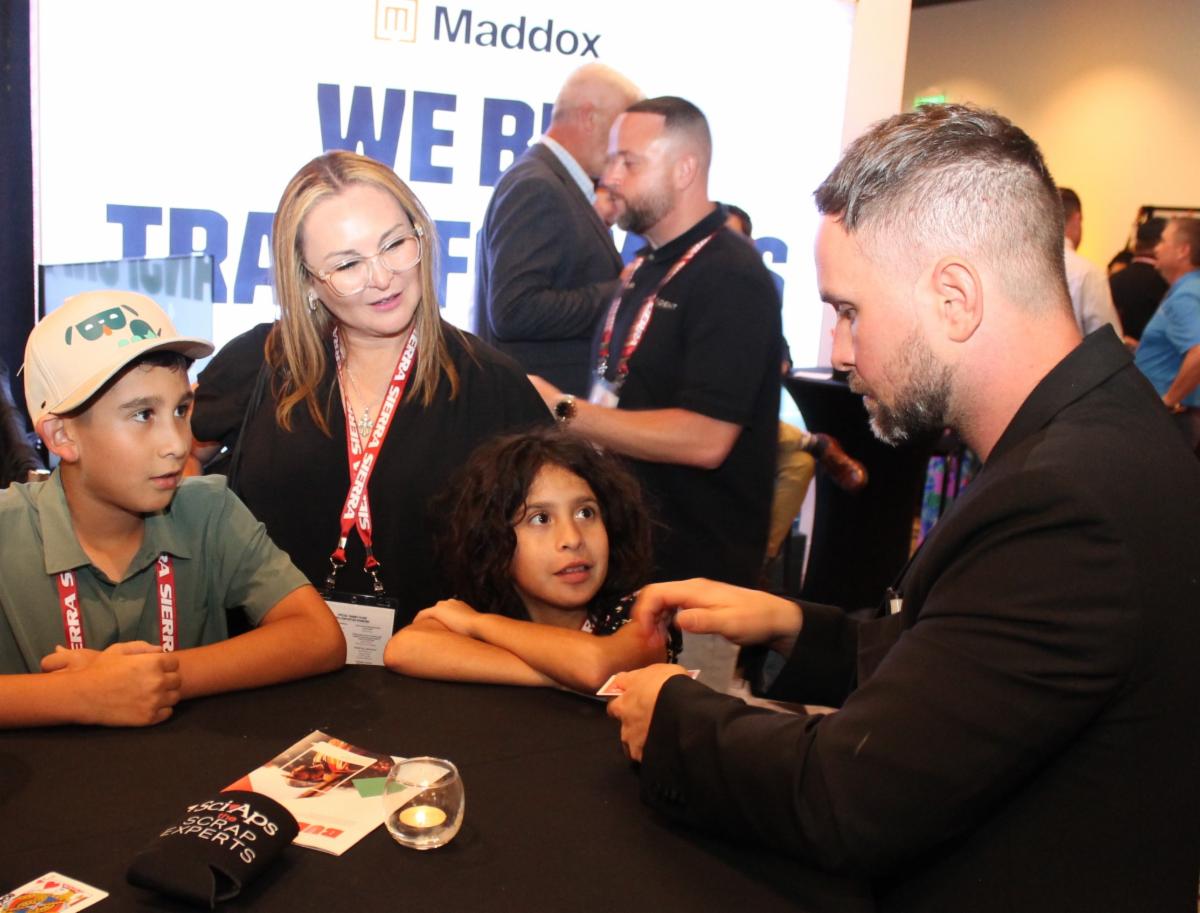
The GCR expo’s opening reception featured a roving magician who wowed young and old attendees alike with his card tricks.

Speakeasy Austin–venue for the GCR after-hours networking reception–had an upper floor with billiards, ping pong, two full bowling lanes, and tabletop shuffleboard.
The GCR convention wrapped up with a meeting of the GCR board of directors (pictured below), which reviewed GCR’s finances, voted to form a Scholarship Funding Task Force, approved increasing its funding of state recycling associations within the Gulf Coast Region to $10,000 this year, and encouraged GCR members to nominate themselves for leadership positions prior to the fall GCR election meeting. The Austin board meeting also included committee reports as well as reports from ReMA national staff on key legislative and regulatory issues.
